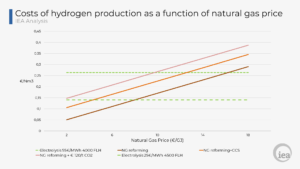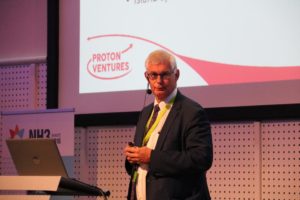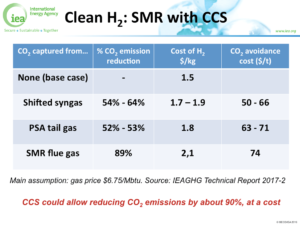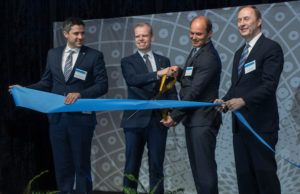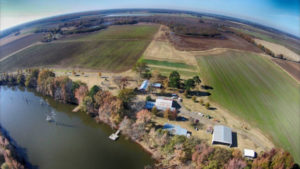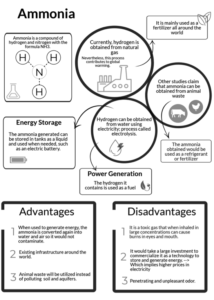The Offshore-Wind / Ammonia Nexus
In early April the Business Network for Offshore Wind held its 2018 International Offshore Wind Partnering Forum in Princeton, New Jersey in the U.S.. Ammonia energy was not on the agenda, at least as a matter of formal programming. But it did come up during a panel session entitled “Offshore Wind Energy Hydrogen Production, Grid Balancing and Decarbonization.” We know this because Steve Szymanski, Director of Business Development for Proton OnSite (a subsidiary of Norway’s Nel ASA), was on the panel and says he was the one to bring it up. The topic attracted “a lot of interest and a lot of good questions,” Szymanski said. Nel is an industry member of the NH3 Fuel Association.
